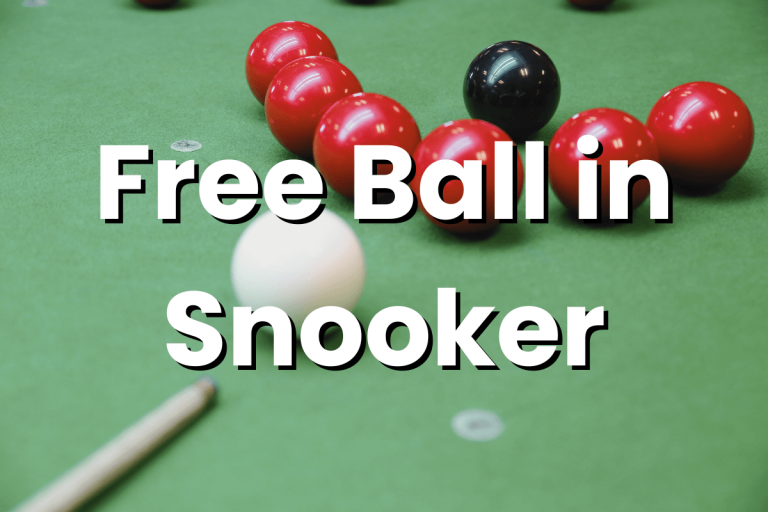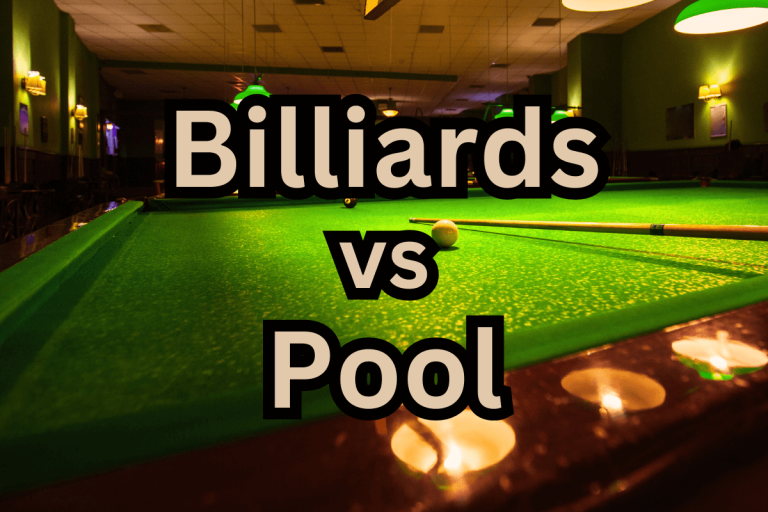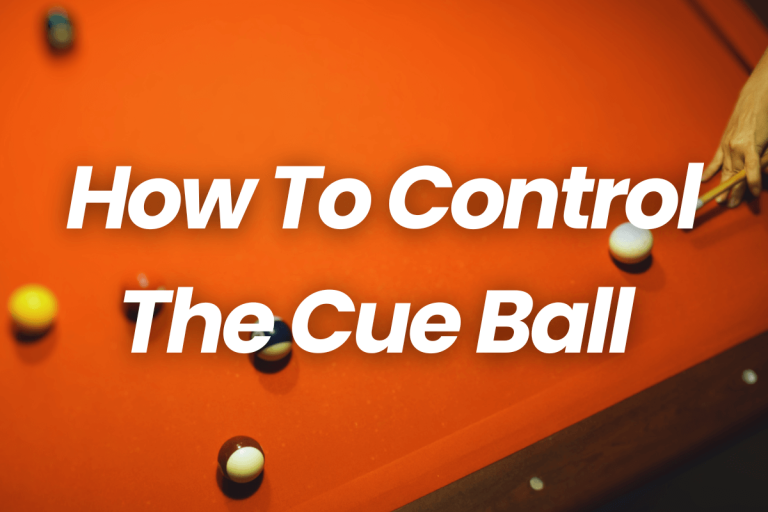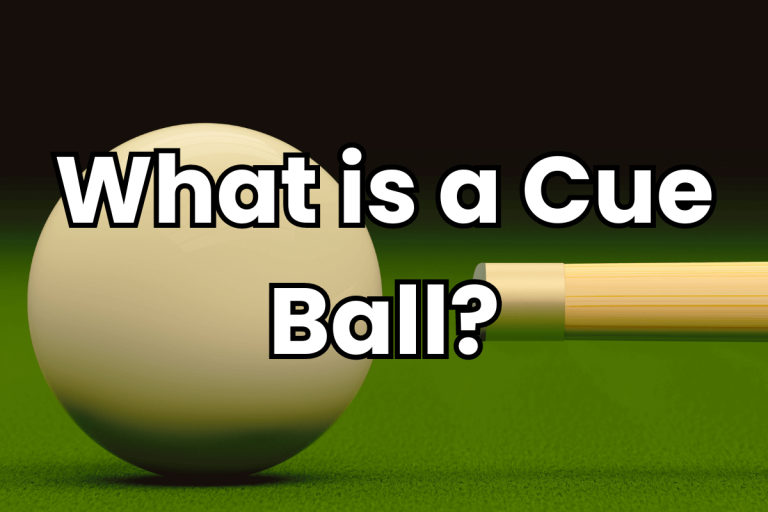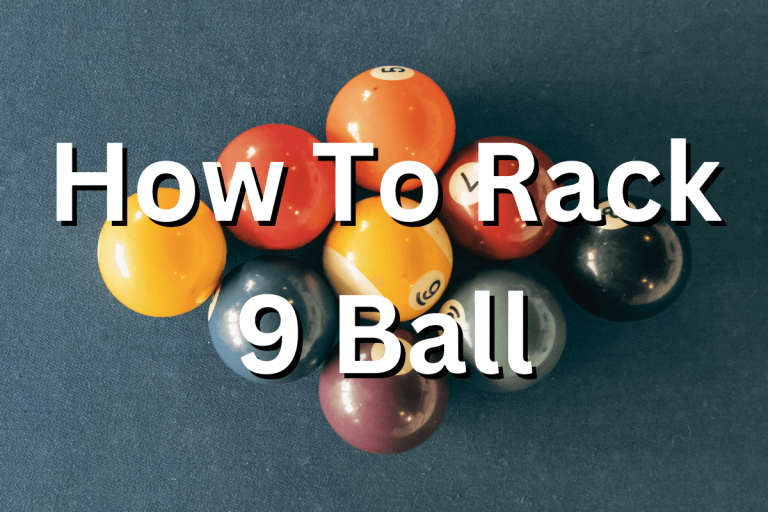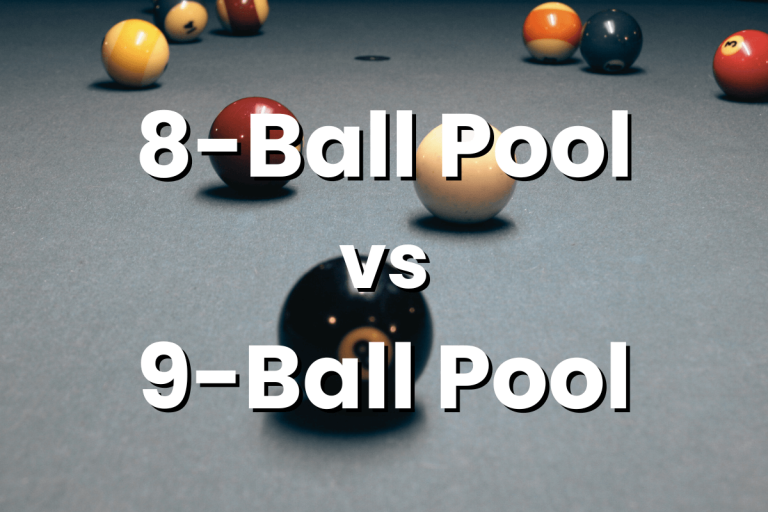Why do you Chalk a Pool Cue? The Secret to Better Shots (2024)
Have you ever wondered why pool players chalk their cues? It’s not just for show. Chalking your cue is an essential part of the game that can help you improve your accuracy, spin control, and overall performance.
When you chalk your cue, you’re adding a thin layer of friction to the tip. This helps to prevent the cue from slipping off the cue ball when you strike it. It also helps you to generate more spin on the ball, which can be used to control the direction and speed of the cue ball.
Why do you Chalk a Pool Cue? Starting with benefits…
Benefits of chalking your cue
- Prevents miscues: Miscues can be frustrating and costly, especially during a game. Chalking your cue helps to prevent miscues by increasing the friction between the cue tip and the cue ball.
- Improves grip: A good grip on the cue is essential for accurate and powerful shots. Chalking your cue helps to improve your grip by making the cue tip less slippery.
- Increases spin control: Spin control is essential for many different types of pool shots, such as draw shots, follow shots, and masse shots. Chalking your cue helps you to generate more spin on the ball, which gives you more control over its direction and speed.
How to chalk a cue properly
- Hold the cue in your dominant hand and the chalk in your non-dominant hand.
- Place the cue tip against the chalk and rotate the cue slowly while applying light pressure.
- Continue chalking the cue tip until it is evenly covered with a thin layer of chalk.
- Be careful not to over-chalk the cue tip, as this can actually make it more difficult to control your shots.
The science of chalking
Chalking works by increasing the friction between the cue tip and the cue ball. Friction is the force that resists the movement of two surfaces against each other. When the cue tip is chalked, the chalk particles fill in the microscopic pores on the surface of the cue tip. This creates a smoother surface that can grip the cue ball more effectively.
How chalk helps prevent miscues
A miscue occurs when the cue tip slips off the cue ball without putting any spin on it. This can happen for a number of reasons, such as a slippery cue tip, a poorly hit shot, or a cue ball that is not clean. Chalking your cue helps to prevent miscues by increasing the friction between the cue tip and the cue ball. This makes it more difficult for the cue tip to slip off the cue ball, even if it is hit poorly or if the cue ball is not clean.
How chalk improves grip
A good grip on the cue is essential for accurate and powerful shots. When your cue tip is chalked, the chalk particles help to fill in the microscopic pores on the surface of the cue tip. This creates a smoother surface that is easier to grip.
The benefits of chalking for different types of shots
- Break shots: Chalking your cue is especially important for break shots. Break shots are typically hit with a lot of power, and a slippery cue tip can easily slip off the cue ball. Chalking your cue helps to ensure that you can hit a powerful and accurate break shot.
- Power shots: Chalking your cue is also important for power shots. Power shots are hit with a lot of force, and a slippery cue tip can make it difficult to control the direction of the ball. Chalking your cue helps to ensure that you can hit powerful and accurate power shots.
- Finesse shots: Chalking your cue can also be beneficial for finesse shots, such as draw shots and masse shots. Finesse shots require precise control of the cue ball, and chalking your cue can help to improve your accuracy and spin control.
How to chalk your cue for optimal performance
- How often to chalk: It is generally recommended to chalk your cue after every shot. However, you may need to chalk your cue more often if you are playing in a hot and humid climate, if your cue tip is particularly slippery, or if you are hitting a lot of power shots.
- How much chalk to use: You only need a thin layer of chalk on your cue tip. Applying too much chalk can actually make it more difficult to control your shots.
- Where to apply the chalk: Apply the chalk evenly to the entire surface of the cue tip. Be careful not to chalk the ferrule (the metal ring at the end of the cue tip).
Conclusion
In essence, chalking a pool cue is analogous to ensuring that your tools are in optimal condition before executing a task. From securing a firm grip and preventing miscues to facilitating precise spins and safeguarding the cue tip, chalk emerges as a silent yet indispensable ally in enhancing and maintaining your pool-playing prowess. So, the next time you line up a shot, remember that a little chalk can go a long way in making your game smoothly victorious!
FAQs
Q1: What is chalking?
A: Chalking is the process of applying a thin layer of magnesium carbonate to the tip of a pool cue.
Q2: Why is chalking important?
A: Chalking is important because it increases the friction between the cue tip and the cue ball. This helps to prevent miscues, improve accuracy, and increase spin control.
Q3: How often should I chalk my cue?
A: It is generally recommended to chalk your cue after every shot. However, you may need to chalk your cue more often if you are playing in a hot and humid climate, if your cue tip is particularly slippery, or if you are hitting a lot of power shots.
Q4: How much chalk should I use?
A: You only need a thin layer of chalk on your cue tip. Applying too much chalk can actually make it more difficult to control your shots.
Q5: What kind of chalk should I use?
A: There are many different brands and types of pool chalk available. Most pool players prefer to use blue chalk, but there are also green, white, and even pink chalks available. Choose a chalk that is comfortable to use and that gives you good results.


